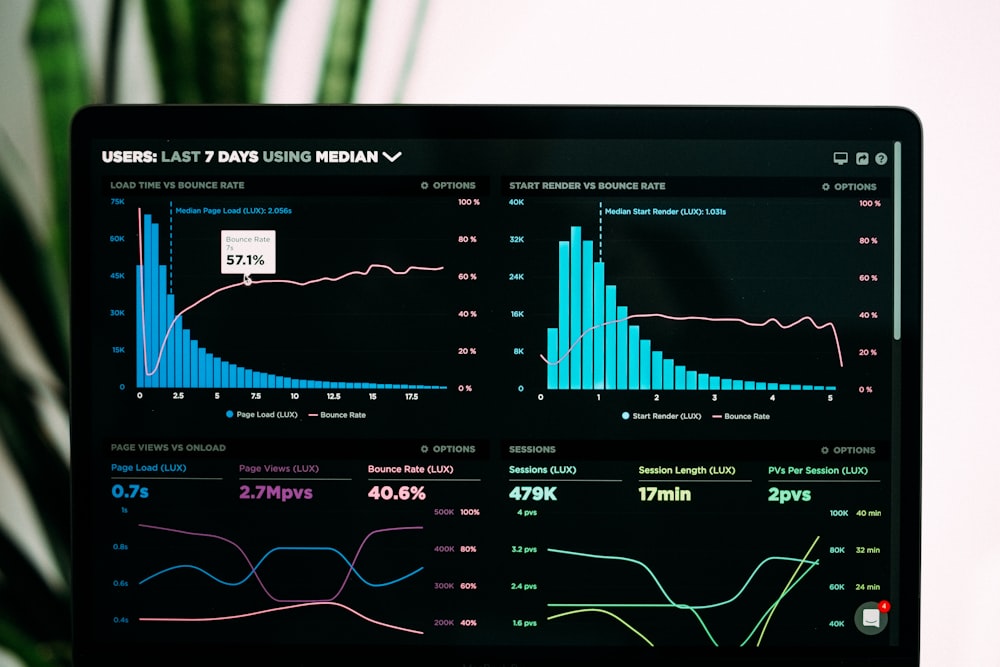📚 Table of Contents
Ever wondered how to break into the world of remote UX design with no prior experience? By 2026, remote UX tools will dominate the industry, offering unprecedented opportunities for newcomers. Whether you’re a career switcher or a fresh graduate, mastering these tools can set you on the path to success—no formal training required.
Why Remote UX Tools Are the Future
The shift to remote work has made UX design more accessible than ever. With the right remote UX tools, you can collaborate seamlessly with global teams, test user experiences in real time, and build a portfolio from anywhere. Companies are increasingly valuing flexibility, making this the perfect time to dive in.
Essential Remote UX Tools for Beginners
Starting with the basics is key. Tools like Figma for prototyping, Miro for collaborative brainstorming, and UserTesting for feedback are must-haves. These platforms are beginner-friendly and often offer free tiers, making them ideal for those just starting in remote UX design.
How to Get Started Without Experience
You don’t need a degree to succeed in remote UX. Begin by exploring free online courses, joining UX communities, and working on small projects. Platforms like Coursera and LinkedIn Learning offer excellent introductions, while freelance gigs can help you gain real-world experience.
Best Practices for Remote UX Success
To thrive in remote UX, focus on clear communication, consistent feedback loops, and staying updated with industry trends. Tools like Slack and Zoom can enhance collaboration, while regular user testing ensures your designs meet real needs. Building a strong online presence also helps attract opportunities.
Conclusion
Breaking into remote UX design in 2026 is entirely possible, even without prior experience. By leveraging the right tools, learning continuously, and applying best practices, you can build a rewarding career in this dynamic field. Start small, stay curious, and embrace the flexibility of remote work.


Leave a Reply